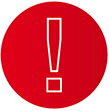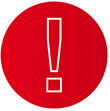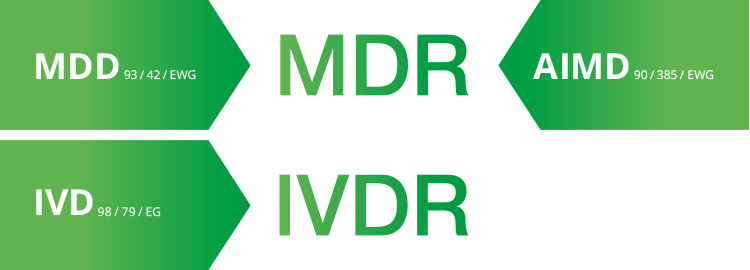Why the new MDR?
Diverging interpretations of the applicable Directives and various medical device scandals led to the introduction of the new EU Regulation, which will bring uniform standards in all EU countries. 1)
The aim is to improve safety, traceability and transparency in EU countries. 1)

2010:
PIP breast implants with industrial silicone 2)
What is the MDR?
The MDR (Medical Device Regulation) is a new EU Regulation concerning medical devices (EU 2017/745), which came into force at the end of May 2017 and, following a transitional period, shall be applied from no later than May 2021; the date of application is 26 May 2021.
What does the MDR regulate?
The new European Medical Device Regulation regulates the placing on the market of medical devices throughout Europe and stipulates henceforth the requirements for the conformity assessment of medical devices.
The Regulation applies to all medical device manufacturers seeking to place their devices on the market within the EU.
The MDR requirements – implemented at L&R
The notified body for L&R (TÜV Süd Product Service) is MDR-certified.
L&R is one of the first European firms to undergo and pass an MDR audit.
L&R started the largest single project in its history and has successfully implemented it.
This means that L&R will continue to reliably supply its products. Should OR components or single-use devices no longer be available in individual cases, L&R will designate a replacement.
We remain on track with the MDR
The EU has decided to extend additional deadlines to ensure that warehoused products are certified. L&R meets these criteria so the products will be available on the market long term. Products that are already on the market may continue to be used after 26 May 2021, provided their shelf life is ensured.

Important information
- Class I devices placed on the market before 26 May 2021 in accordance with the existing MDD regulations continue to comply after 26 May 2021.
- This means that devices in compliance with the MDD regulations will also be on the market after 26 May 2021.
- Customers have no way of knowing if a device on the market was certified on the basis of the MDD or the MDR.
- L&R will continue to place its devices on the market in compliance with the law.

What devices does the MDR apply to?
The new MDR applies to all medical devices once the respective transitional periods have elapsed.
Medical devices:
70% are Class I or Class Is
The new EU Regulation concerning medical devices (Medical Device Regulation, MDR) will replace the previous Medical Device Directives:
- Directive 93/42/EEC on medical devices (Medical Device Directive, MDD)
- Directive 90/385/EEC on active implantable medical devices (AIMD)
Directive 98/79/EC on in vitro diagnostics (IVD) will not be included in the Medical Device Regulation but will be replaced by a separate new EU Regulation (In Vitro Diagnostic Medical Devices Regulation, IVDR).
Source: Johner Institut GmbH
What is the legal status of the MDR?
As a European Regulation, separate from European Directives, the Medical Device Regulation shall be applied as pan-European law within the stated period.
National specifications and requirements can be additionally regulated by national law in the individual countries of the EU.

MDR and device range.
Existing products – established products on the market
Re-certification of all products required
Possible effects/challenges:
Loss of approx. half of the notified bodies in Europe
- Risk of a temporary loss of certificates of products in higher risk classes
- Possibility of supply shortages on the market
Innovations/new products
Re-certification of products available on the market
Possible effects/challenges:
To maintain the marketability of existing products,
- fewer new innovative products will be registered (reduced number of innovations)
- no new medical devices will be supplied to patients and doctors through the health care system

Delivery capacity in the medical device sector
Possibility of fewer providers on the market – loss of small and medium-sized companies in the sector
- Loss of approx. half of the notified bodies for medical devices in Europe
- Possibility of inconsistent supply to the market
- Streamlined and simplified product range
- Pricing pressure

Clinical evidence/clinical benefit
Greater focus on clinical evidence: Incentives for hospitals, patients and doctors to participate in clinical trials
- Even for established and clinically tried-and-tested products
- Increase in the number of clinical trials
- Development of registries

Safety
- UDI and EUDAMED database – greater transparency for logistics and post-market surveillance
- Shortened reporting period for incidents
- Greater focus on post-market surveillance (PMS)
- Systematic surveys and registries
- Implant registries
- Reprocessing of reusable devices – stricter monitoring also in hospitals
Medical device portal of the European Commission: ec.europa.eu/growth/sectors/medical-devices/new-regulations_en
BfArM; PIP and Rofil breast implants: risks, information, recommendations
MDD: Medical Device Directive
entsprechend der Laufzeit der MDD-Zertifikate der jeweiligen Medizinprodukteklassen



